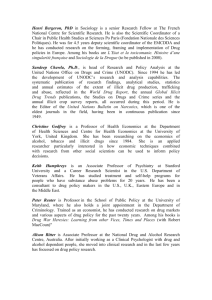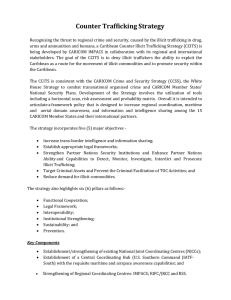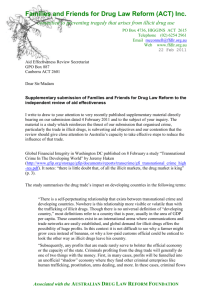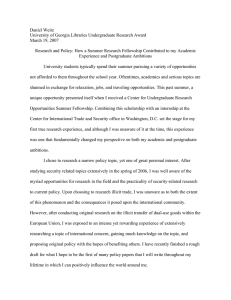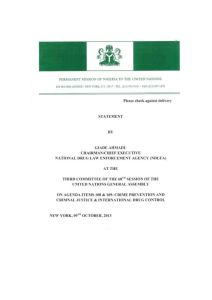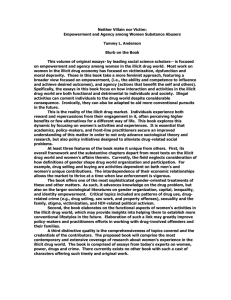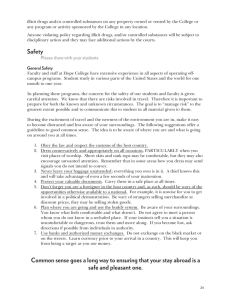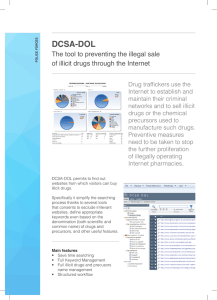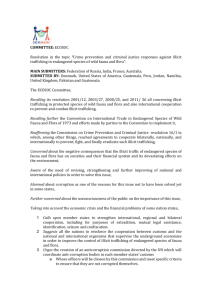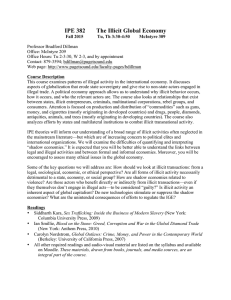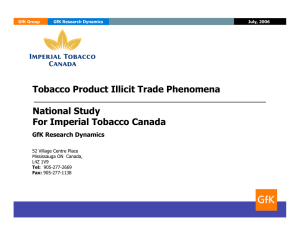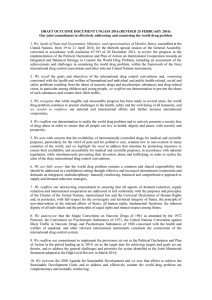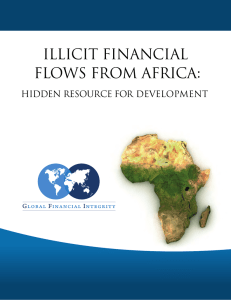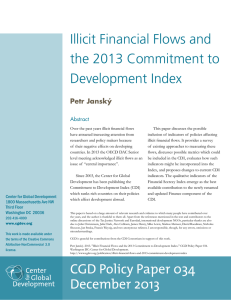The Legacy of AQ Khan: An Analysis of Illicit Trade... Enlargement European Union since the Exposure of the Khan Network...
advertisement
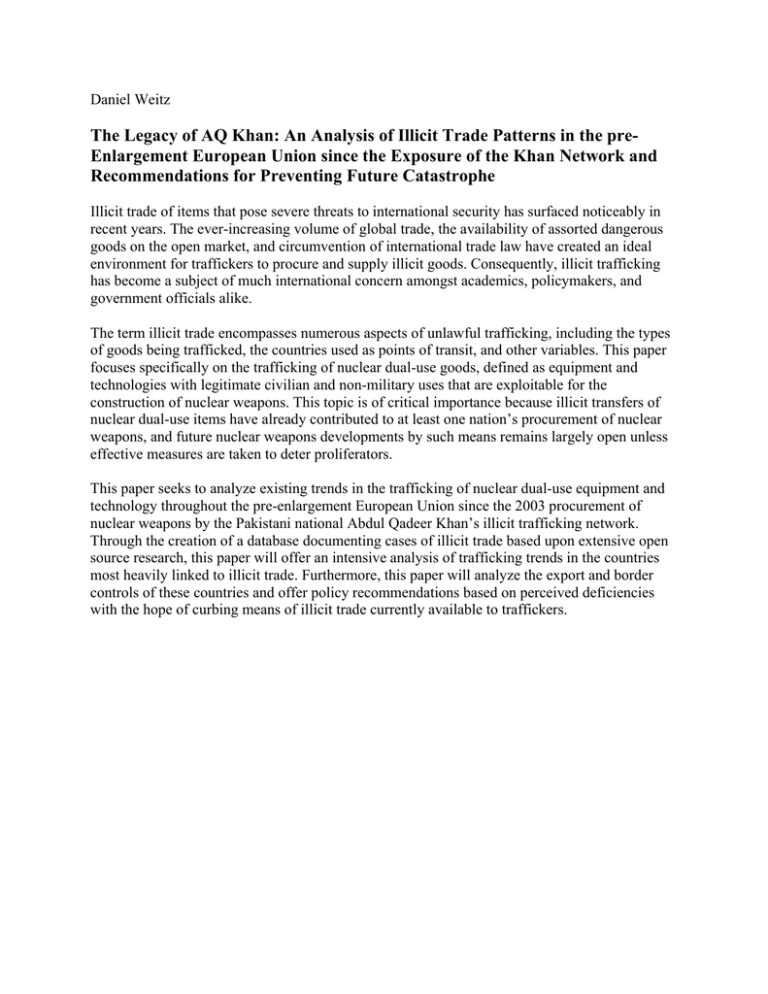
Daniel Weitz The Legacy of AQ Khan: An Analysis of Illicit Trade Patterns in the preEnlargement European Union since the Exposure of the Khan Network and Recommendations for Preventing Future Catastrophe Illicit trade of items that pose severe threats to international security has surfaced noticeably in recent years. The ever-increasing volume of global trade, the availability of assorted dangerous goods on the open market, and circumvention of international trade law have created an ideal environment for traffickers to procure and supply illicit goods. Consequently, illicit trafficking has become a subject of much international concern amongst academics, policymakers, and government officials alike. The term illicit trade encompasses numerous aspects of unlawful trafficking, including the types of goods being trafficked, the countries used as points of transit, and other variables. This paper focuses specifically on the trafficking of nuclear dual-use goods, defined as equipment and technologies with legitimate civilian and non-military uses that are exploitable for the construction of nuclear weapons. This topic is of critical importance because illicit transfers of nuclear dual-use items have already contributed to at least one nation’s procurement of nuclear weapons, and future nuclear weapons developments by such means remains largely open unless effective measures are taken to deter proliferators. This paper seeks to analyze existing trends in the trafficking of nuclear dual-use equipment and technology throughout the pre-enlargement European Union since the 2003 procurement of nuclear weapons by the Pakistani national Abdul Qadeer Khan’s illicit trafficking network. Through the creation of a database documenting cases of illicit trade based upon extensive open source research, this paper will offer an intensive analysis of trafficking trends in the countries most heavily linked to illicit trade. Furthermore, this paper will analyze the export and border controls of these countries and offer policy recommendations based on perceived deficiencies with the hope of curbing means of illicit trade currently available to traffickers.
